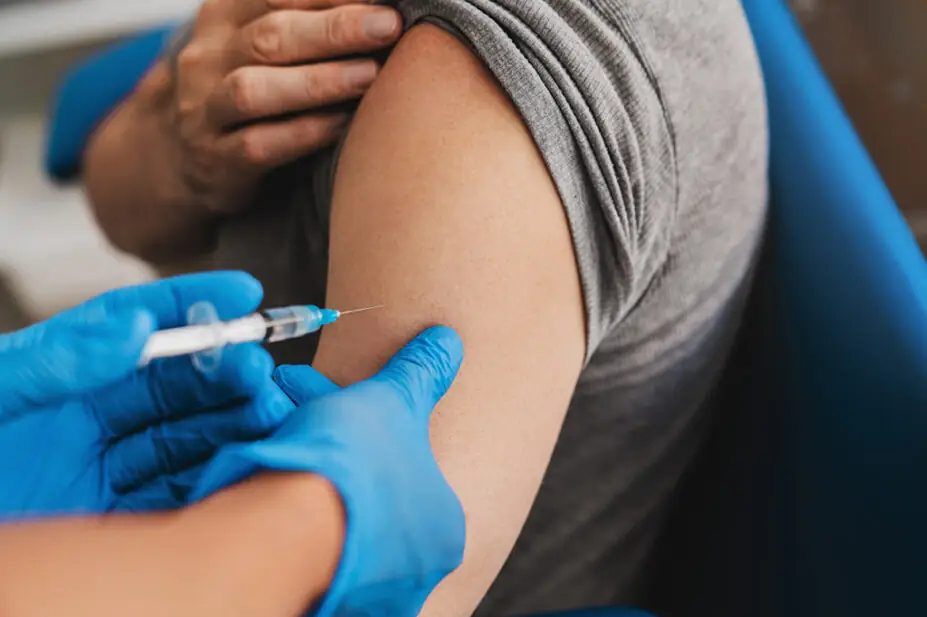
Shutterstock.com
In the past month, The Pharmaceutical Journal has continued its campaign for pharmacist workforce development, with an investigation into protected learning time for hospital pharmacists; opinion pieces calling for broader early career pathway opportunities and access to reflective practice; and news stories around pay for community pharmacists, dedicated time for specialist services and the opening of a new pharmacy school.
Pharmacists’ expertise continues to be much-needed by the NHS. An analysis of injectable end-of-life symptom control medicine incidents found 59.7% involved patient harm, most frequently involving administration issues (49.2%), delayed and inadequate assessments (10.3%) and prescription issues (8.6%).
In addition, a polypharmacy programme to tackle overprescribing could have saved the NHS more than £1m, a report published on 25 September 2025 has found, while a BBC investigation into illegal Botox prescribing has reinforced the need for healthcare professionals to operate within best practice guidelines.
Pharmacists will be needed to respond to new health challenges as they emerge, such as the potential advancement of dengue- and chikungunya-carrying mosquitoes into the UK.
Gaps in patients’ experience of healthcare only underlines the need for more research, guidance and professional training — such as a genetic deficiency that masks HbA1c test results, delaying diabetes diagnoses for thousands of Black and South Asian men — as well as calls for greater understanding of alternatives to valproate.
As we explore research advances and new treatment guidelines in our weekly round-up of clinical news, protected learning time for training feels ever-more necessary.
New guidance for HIV
Interim updated British HIV Association (BHIVA) antiretroviral treatment guidelines were released on 1 October 2025, which includes new evidence related to injectable therapy and the use of long-acting cabotegravir/rilpivirine in non-virally suppressed people; a move away from abacavir for most patients; and updated recommendations for people with nucleoside reverse transcriptase inhibitor (NRTI) resistance.
Further reading
Respiratory research
Asthma and allergy practice could change following a study showing that a two-in-one asthma inhaler cut asthma attacks by 45% compared with salbutamol only, while the first needle-free nasal adrenaline spray for anaphylaxis — EURneffy 2mg nasal adrenaline spray, licensed to treat anaphylaxis in adults and children weighing ≥30kg — is now available in UK.
Also in respiratory care, a study published in The Lancet Infectious Diseases suggests that the risk of long COVID in children may be twice as high after a second infection. Pharmacists should also take note that oseltamivir and zanamivir can now be prescribed year-round, after restrictions were lifted in the October drug tariff.
Meanwhile, early-stage research published in American Chemical Society Central Science has seen the development of a molecular sensor that releases a strong herbal flavour when it encounters the influenza virus — potentially paving the way to a low-tech screening via chewing gum or lozenges.
Biologic sotatercept, plus standard-of-care therapy, within the first year of a pulmonary arterial hypertension (PAH) diagnosis was found to reduce the risk of health deterioration — such as less ability to exercise, worsening symptoms and unplanned hospitalisations — by 76%. Researchers say the results of the phase III clinical trial, published in the New England Journal of Medicine on 30 September 2025 and presented at the 2025 European Respiratory Society Congress, suggest benefits for early treatment.
Further reading
Cannabis and psilocybin explored for pain relief
Research is progressing in the area of novel pain relief therapies, with results of a phase III trial published on 29 September 2025 suggesting cannabis could be effective for chronic lower back pain. Meanwhile, initial rodent studies, the results of which were published on 2 October in Nature Neuroscience, have identified how psilocybin gently activates serotonin receptors (5-HT2A and 5-HT1A), reducing pain and pain-induced anxiety and depression-like behaviours.
Further reading
Photographed: how antibiotics “pierce the armour” of harmful bacteria
Researchers from University College London and Imperial College London have published photographs showing how polymyxin antibiotics “pierce the armour” of harmful bacteria.
ASTRO conference: research in radiation oncology
At the American Society for Radiation Oncology (ASTRO) conference, researchers presented results from a phase II trial that found adding PSMA-targeting radioligand therapy to stereotactic body radiotherapy more than doubled progression-free survival in men with recurrent prostate cancer.
A phase I study presented at the conference found pulsed low dose rate chemoradiation therapy can significantly reduce side effects while maintaining treatment effectiveness for patients with oesophageal cancer and non-small cell lung cancer, by allowing healthy cells time to recover between pulses of radiation.
You may also be interested in

Health news round-up: new biosimilars, vaccine effectiveness and supporting patients ageing with HIV

Health news round-up: men’s health, AMR and nuclear fuel turned cancer drug
